"It’s Theater, Darling" — How Interior Designers Are Turning Homes Into Stages for Escapism and Storytelling
As it turns out, designing a room might be more akin to directing a play than you'd ever realize, and the trends for 2026 see homes turned into immersive sets where every color, texture, and object has a role to play
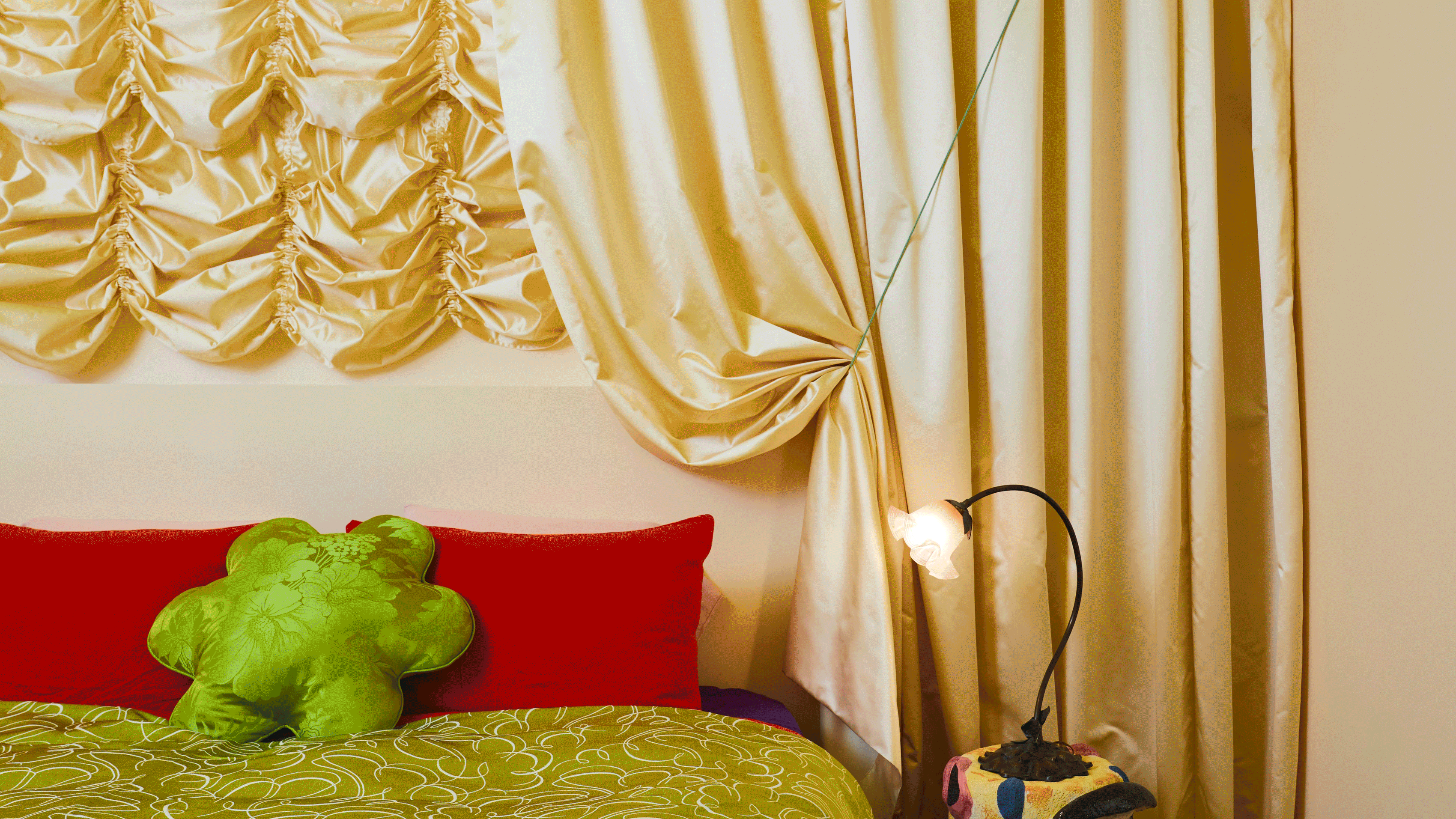

When I visited Milan earlier this year, immersed in the city's sprawling design week festivities, I left with one major takeaway: interior design is an act of theater.
Two of the standout installations this year took their inspiration from film and stage. FormaFantasma’s Staging Modernity quite literally presented this retrospective for Cassina on small stages, with actors playing out scenes of domesticity among the furniture, bringing narrative to what, otherwise, could have been simply a stagnant exhibition.
Italian designers Dimorestudio, on the other hand, took a more cinematic route in its collaboration with fashion house Loro Piana."The visitor moved through spaces that unfolded like scenes in a film," founders Britt Moran and Emiliano Salci explain. "We played with contrasts: light and darkness, sound and silence, openness and protection. References to film were subtle but constant, in the framing of perspectives, the rhythm of movement, and the emotional progression of the experience. It wasn’t about recreating a set, but about evoking that moment when fiction feels real and space becomes emotion."
I've begun to liken the interior designer to a director, not only arranging furniture like set dressing, but creating an immersive moment that suspends its inhabitants in a different world. And as we head into 2026, the emerging interior design trends seem to back that 'theatricality' is the surprising tenet for how we want our homes to perform right now, if you'll excuse the expression.
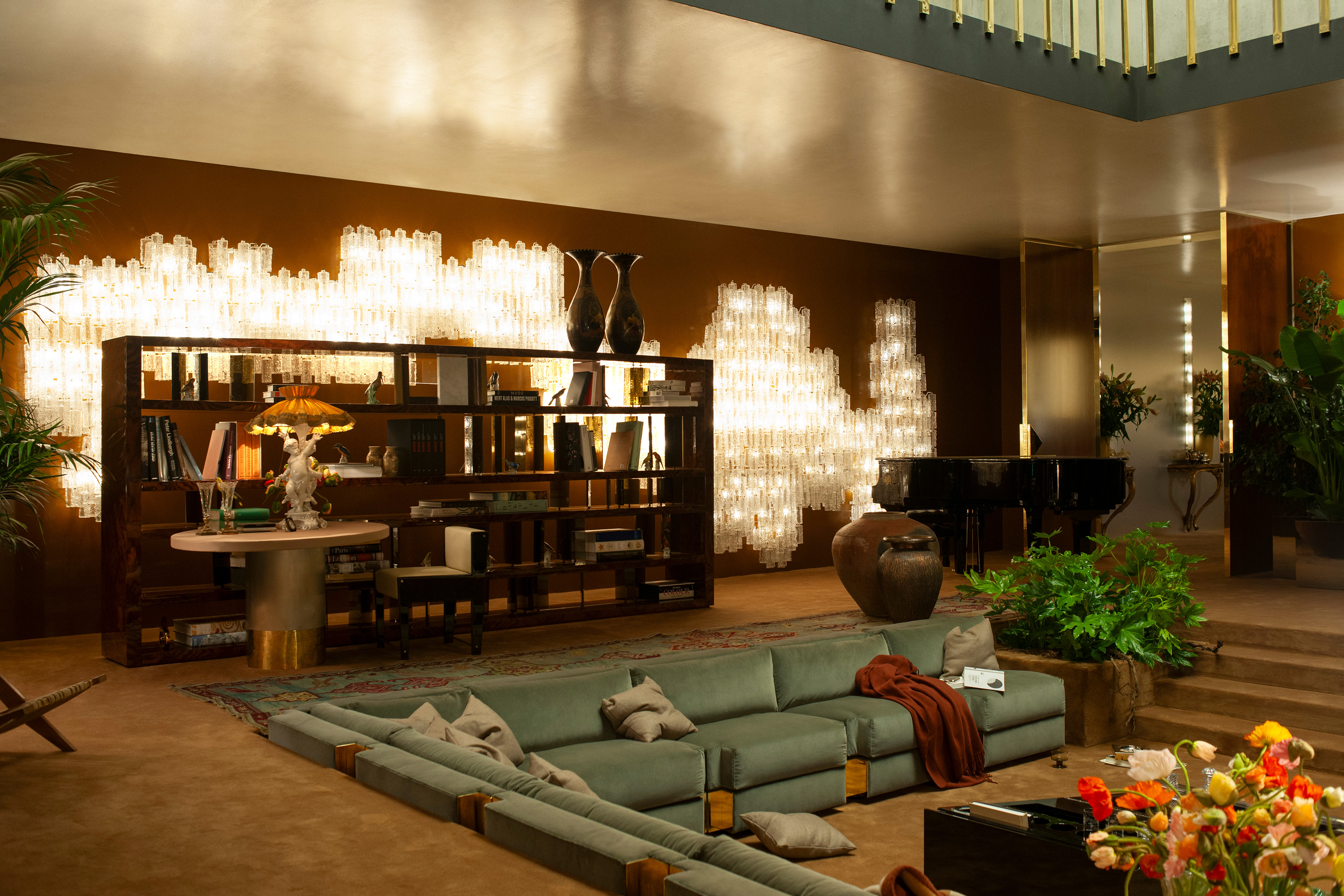
Homes That Tell Stories
Theatricality is a bit of a charged word. It's often used to suggest exuberance, maximalism, and an over-the-top flair, but I use it here in the dramaturgical sense: to refer to the process of staging. "Theatricality, for us, is not about spectacle but about composition," Emiliano and Britt agree, "the ability to create tension, rhythm, and surprise. It’s the art of directing perception. Light, shadow, reflection, and scale are used to stage an experience, much like a director orchestrates a scene."
In theater and film, the act of set dressing is not incidental. This form of world-building has meaning — it reveals the secret lives of the characters without exposition. In the same way, the rooms in our homes are not just containers for objects; they're orchestrated performances. That accent chair isn't just a seat; it's a Saturday morning ritual of coffee and a crossword: that table lamp isn't just to fill space; it's switched on to serve a function in your daily life, positioned to light a specific task or to ambiently illuminate a mid-week slump in front of the TV. These are practical uses of the space, yes, but they're also intrinsically tied to how we feel, too.
"We design spaces that evoke emotions and atmospheres rather than simply fulfill a function," Britt and Emilano say. "Every material, color, and proportion becomes part of a visual script that guides the viewer through a sequence of sensations."
The Livingetc newsletters are your inside source for what’s shaping interiors now - and what’s next. Discover trend forecasts, smart style ideas, and curated shopping inspiration that brings design to life. Subscribe today and stay ahead of the curve.
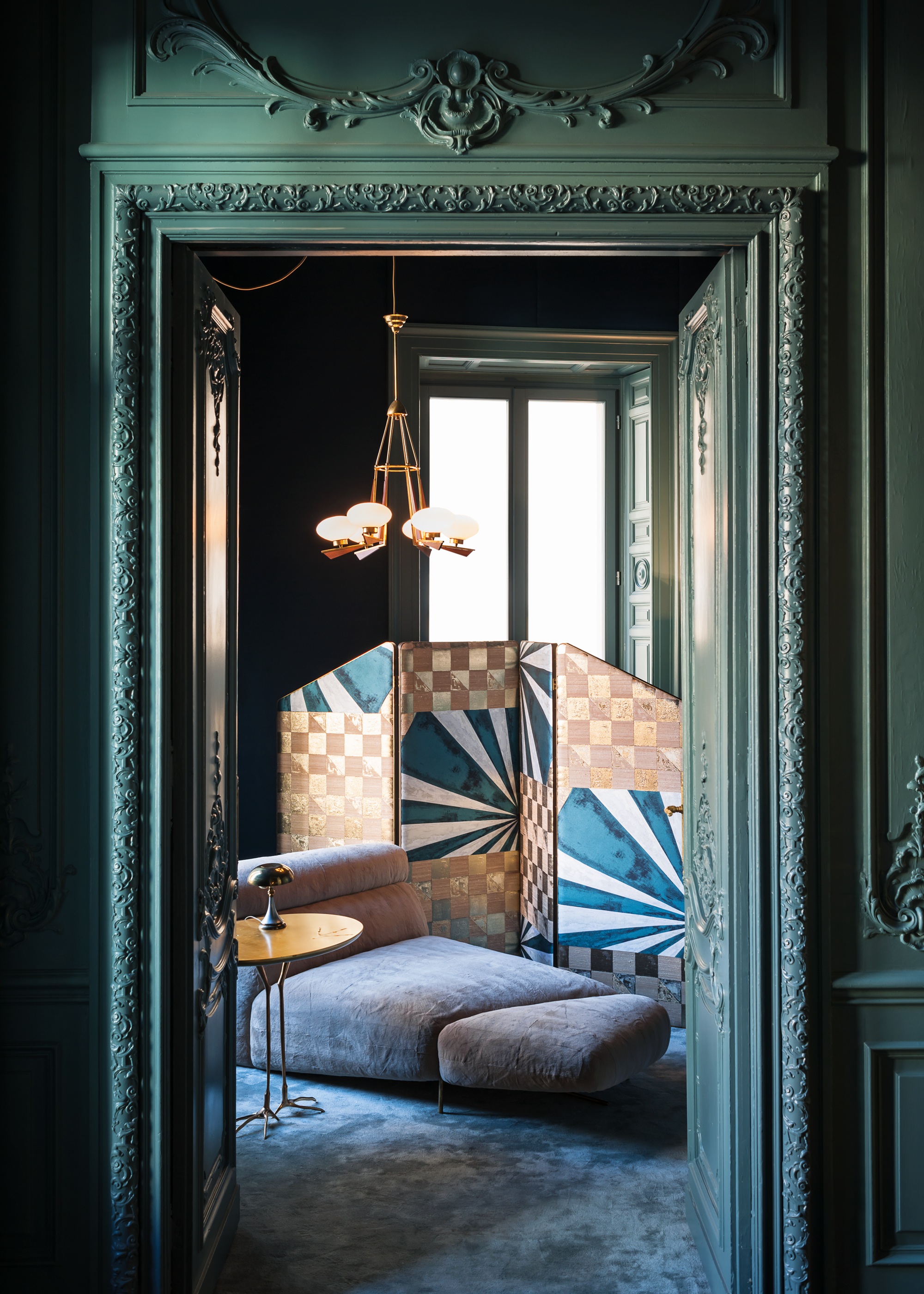
Founded in Milan in 2003 by Emiliano Salci and Britt Moran, Dimorestudio is the creative partnership known for blending nostalgia and modernism in a cinematic way. Trained respectively in design and art direction, the duo crafts interior spaces and objects that evoke the imagination.
For Julien Sebban, founder of design studio Uchronia, storytelling provides a structure that guides the design. "Each project is built around a common thread — an idea, an emotion, sometimes a specific sensation that we seek to translate spatially," the designer says. "This approach allows us to give coherence to the whole: the choice of materials, volumes, and colors responds to a common narrative logic."
"We often work based on our clients' identity and lifestyle, but also on context: a light, a memory, a particular atmosphere," he continues. "The goal is not to tell a fixed story, but to create a framework in which different stories can exist. In this sense, each space becomes a medium for interpretation, a stage open to the lives of those who inhabit it."
I come back to the idea of interior designer as director, not writing the story as such — that's the job of the client — but rather realizing it in the way that it's expressed.
The Language of Theatrical Design
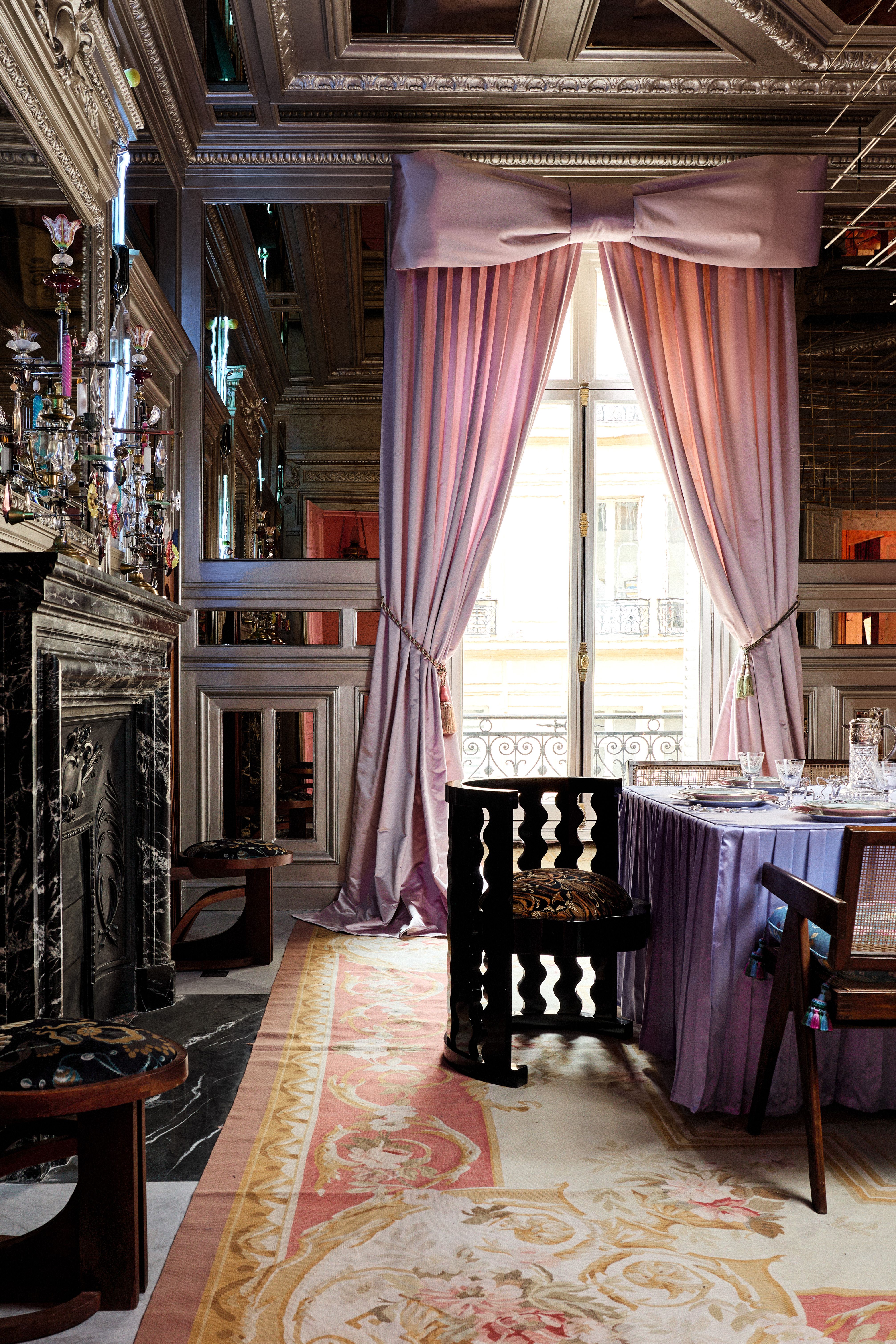
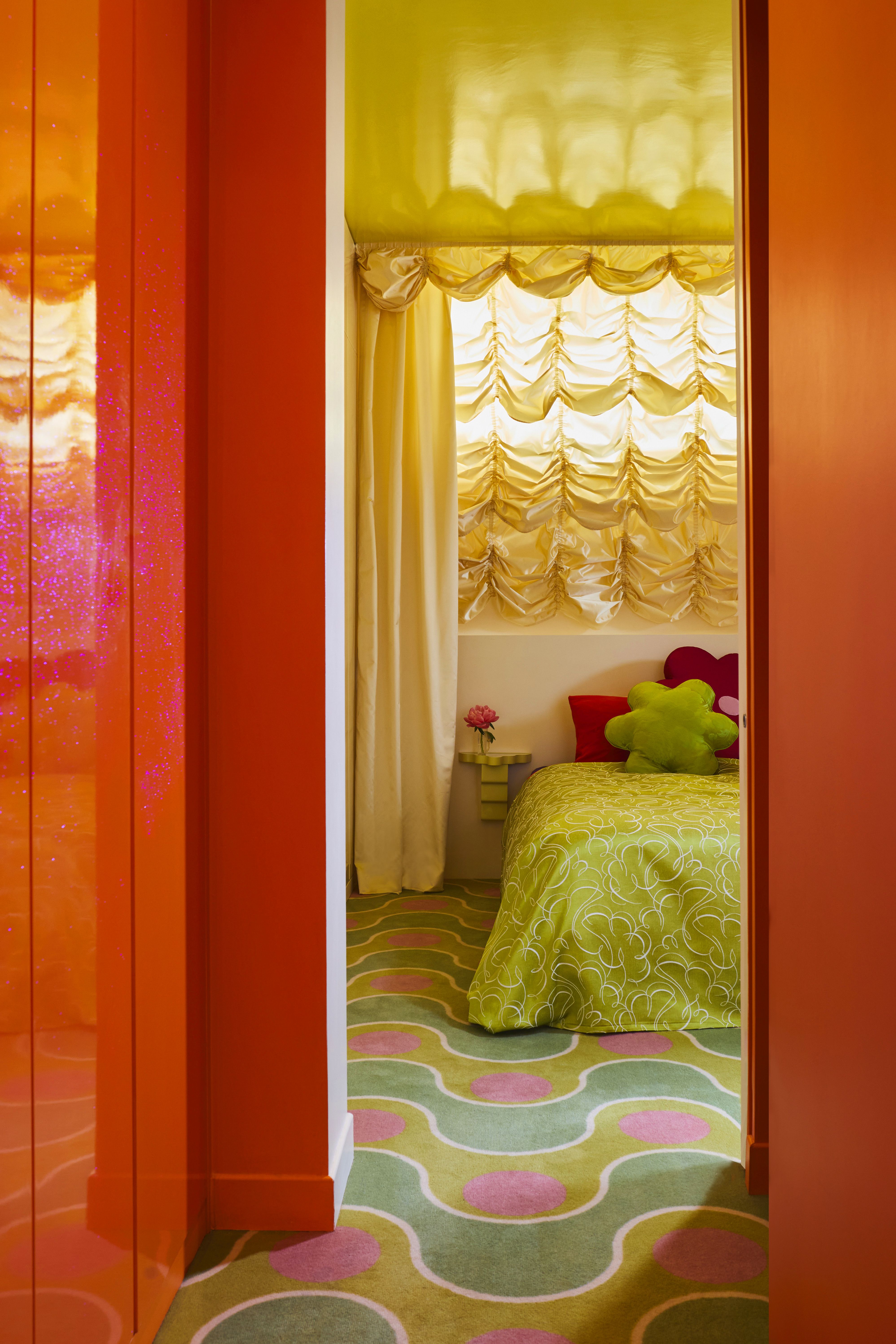
I sought out Julien to talk to about theatricality, as Uchronia well represents a zeitgeist moment in design — the immersive power of the pop-up. Its designs for these spaces, whether temporary installations or retail takeovers, are bright and otherworldly — escapist fantasies.
With the design studio's work often going viral online, it's a visual aesthetic that clearly resonates, but these are also spaces that are designed to be experienced in person. Visitors move through these temporary theatrical spaces as participants, immersed in the designer's world. "We wanted to create a complete universe," Julien explains. "A kind of living manifesto of our formal language." And it's a language that pulls on classical theatrical design tropes, I note.
The curtain is an interesting place to start, not only for its theatricality in form, but how different types of curtain can mirror the function of the theater itself. "The curtain is a fascinating object: it is both decoration and boundary, protection and revelation," Julien says. "What inspires me is its ability to instantly transform the perception of a space, to make it sensual, mysterious, or vibrant."

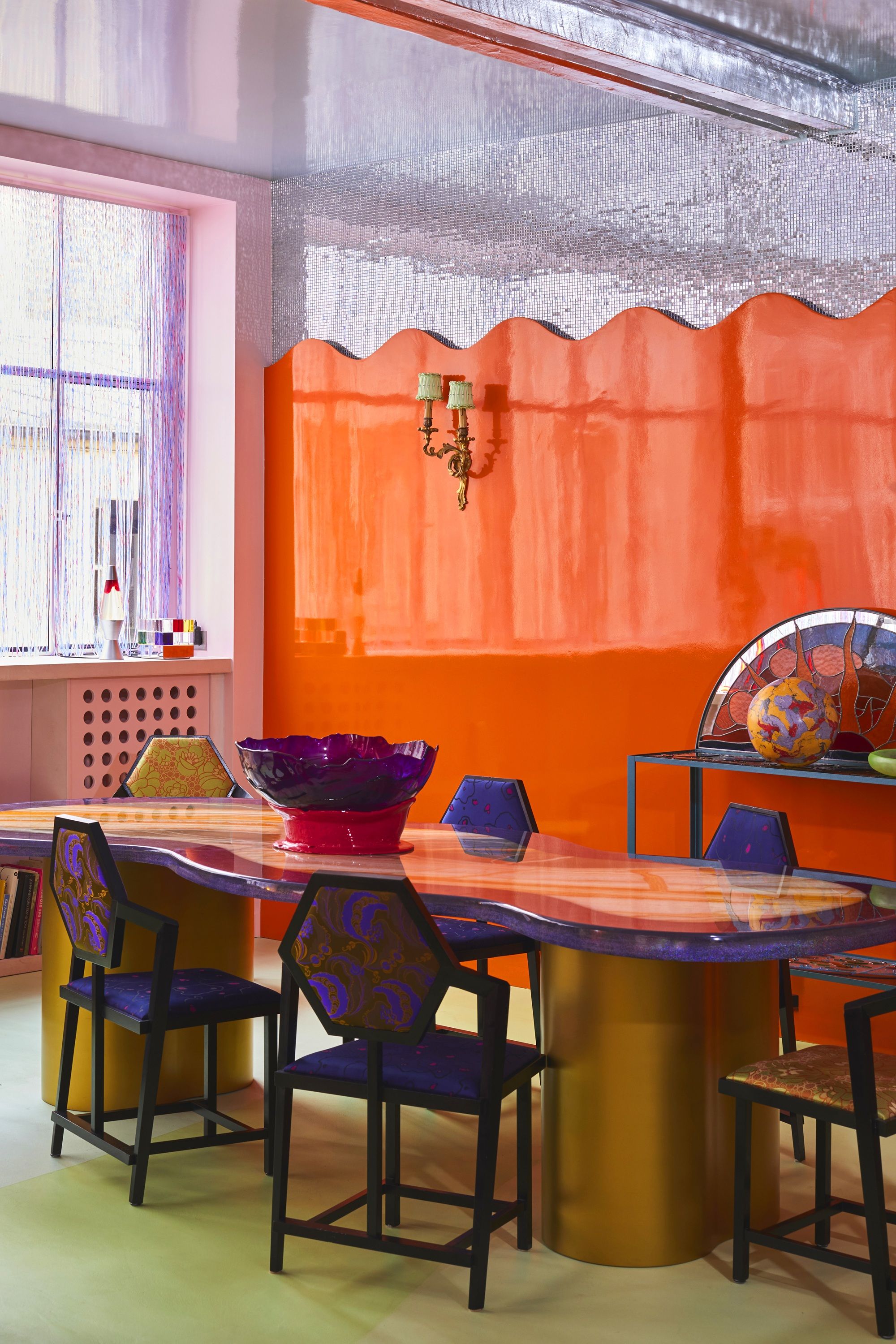
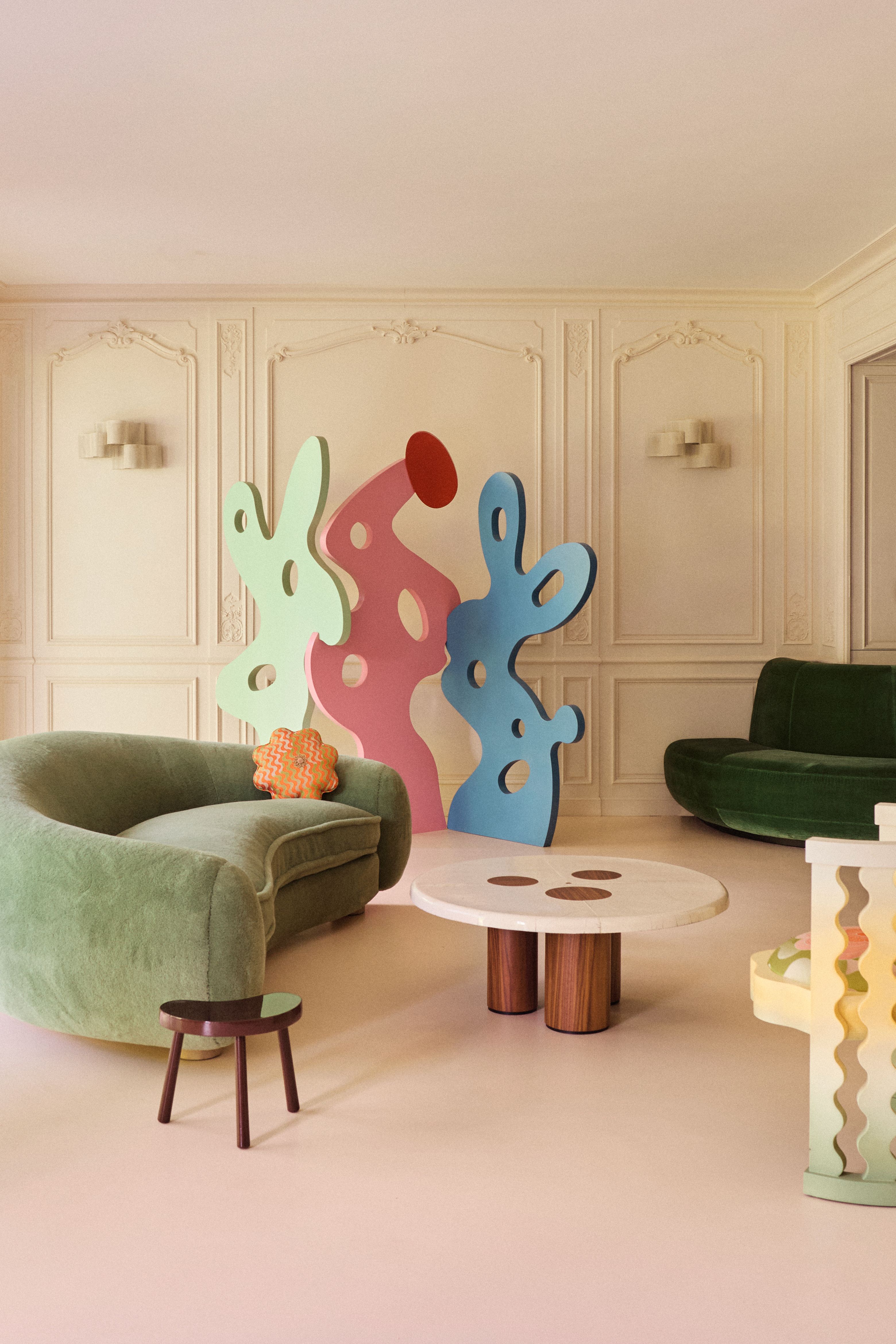
"A well-chosen curtain can create a setting, movement, tension. It allows you to modulate the light, but also the narrative of a room: opening a curtain is almost a theatrical gesture, the beginning of a story," the designer adds.
In Uchronia's projects, I see ideas that almost recreate the idea of 'stage flats', two-dimensional set pieces that world-build the studio's very specific vision. "The undulating shapes, flat areas of color, and almost graphic structures play with the boundary between drawing and space," Julien suggests. "There is something deliberately scenographic about this approach: each element becomes a sign, an emotion frozen in matter."
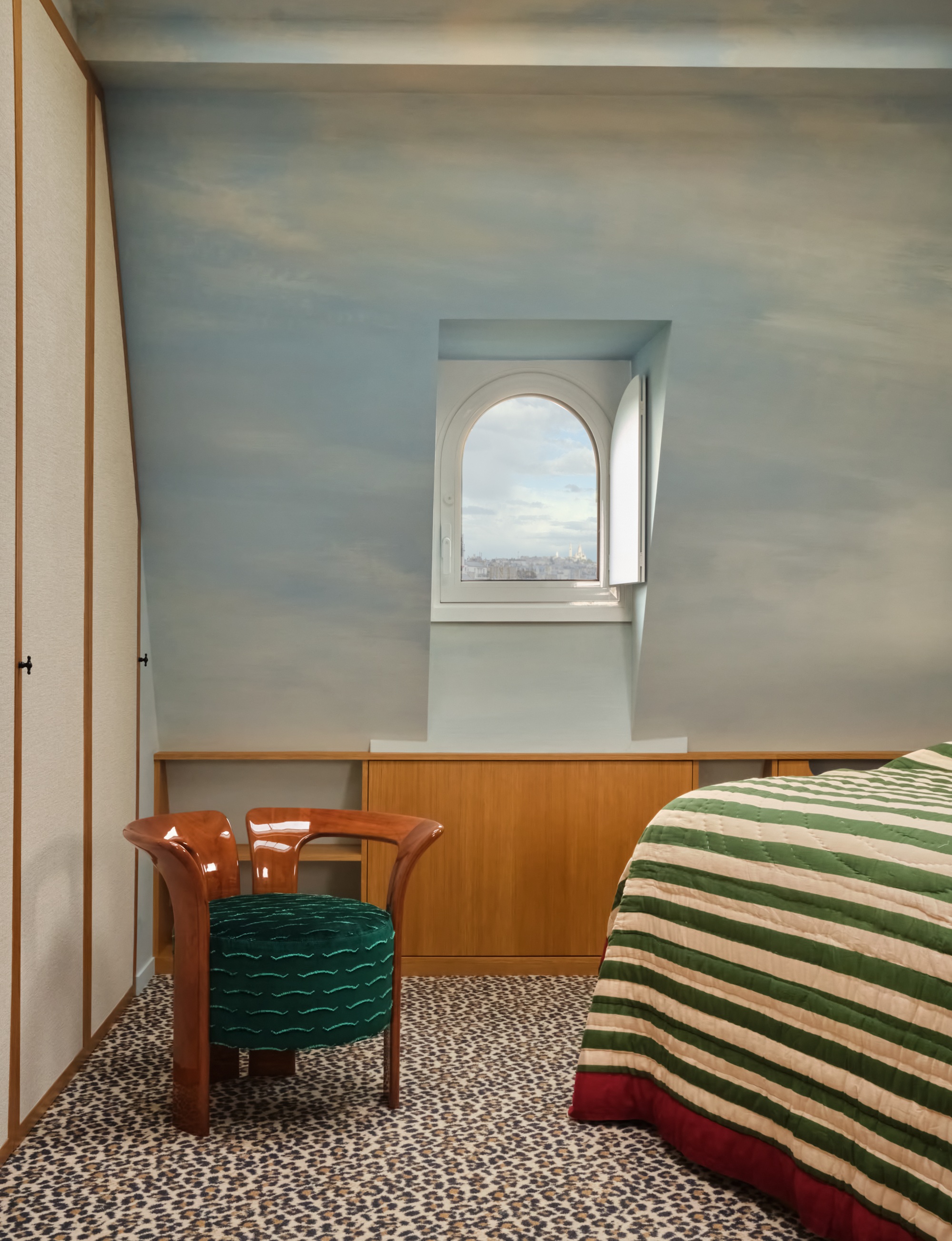
Elsewhere, in interiors, there are enduring trends that pull on the threads of stagecraft. The wall mural, an ever-popular wallpaper trend, recalls theater's trompe-l'œil and its ability to set a scene. They're the sort of thing you might stand and actively look at, discovering new details each time. These frescos are engaging when you're in front of them, so the best examples of these match the emotional rhythm you're seeking in the room.
Theatrical staging also informs a modern design approach for adjoining rooms, especially when determining the relationship between rooms through doors. The idea of the proscenium arch, the rectangle of tiles surrounding the stage, is reminiscent of the interiors trend for statement thresholds that frame views from one room to another, as though a painting.
These thresholds offer a moment to appreciate the transition through spaces, which may also correlate with a step into a room that takes on a new mood and a new narrative.
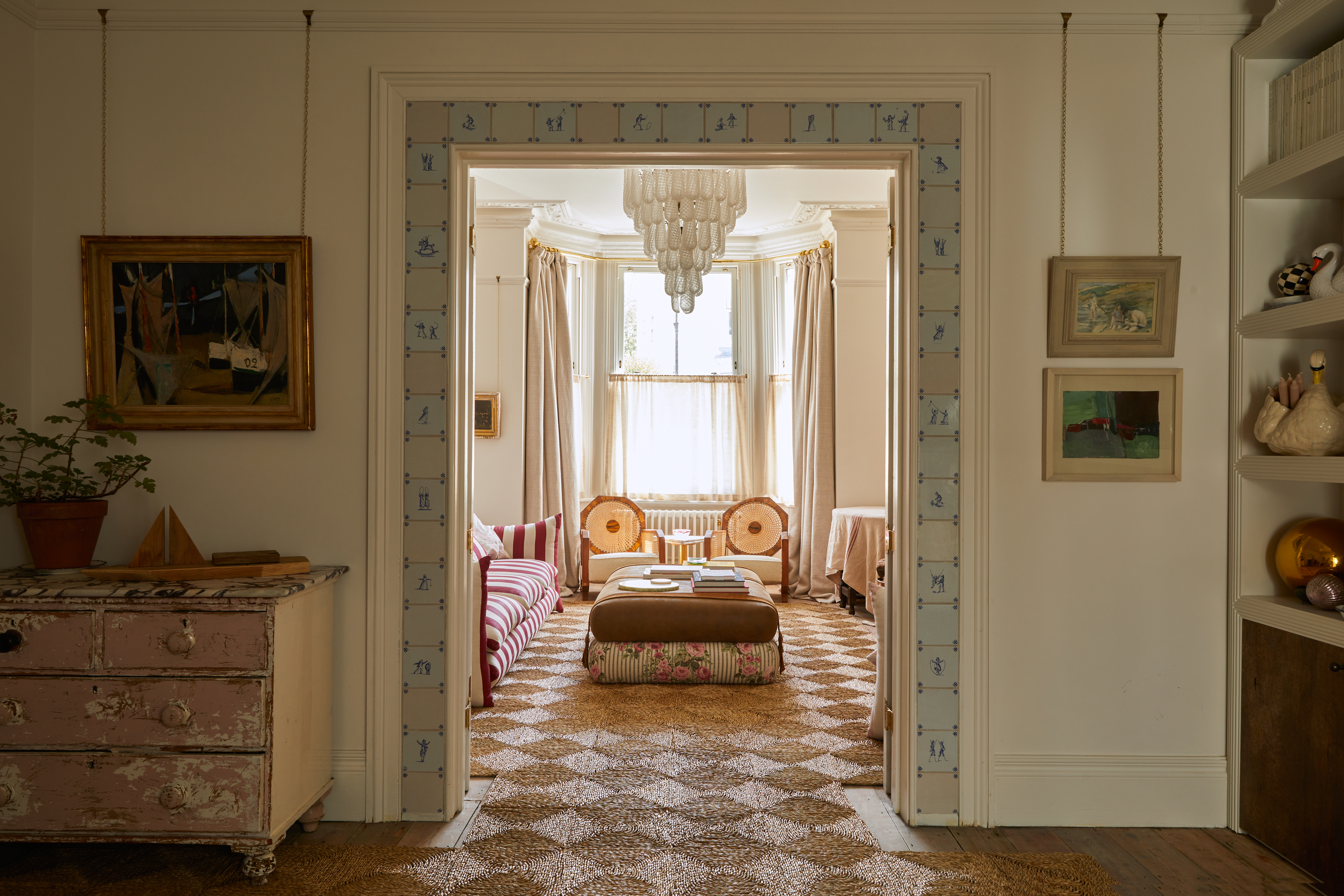
The Room as a Stage for the Self
However, I also see a root cause of theatricality as a design trend in how we see our sense of self right now. In the age of social media, our homes have become part of the performance of identity in a way that was once perhaps reserved only for the wandering eyes of visiting guests.
Now, we're not only designing our homes as private spaces to live in, but also public spaces to be consumed. Cynically, I even see that our design choices might be informed by how a room will 'perform' online: how much engagement we can guarantee in return for our decorating labor.
And it's not limited to whether you partake in social media or not. You could argue that your carefully curated Zoom background is part of your character development at work, a rehearsed space that tells the story you want the person you're talking to to imbibe.
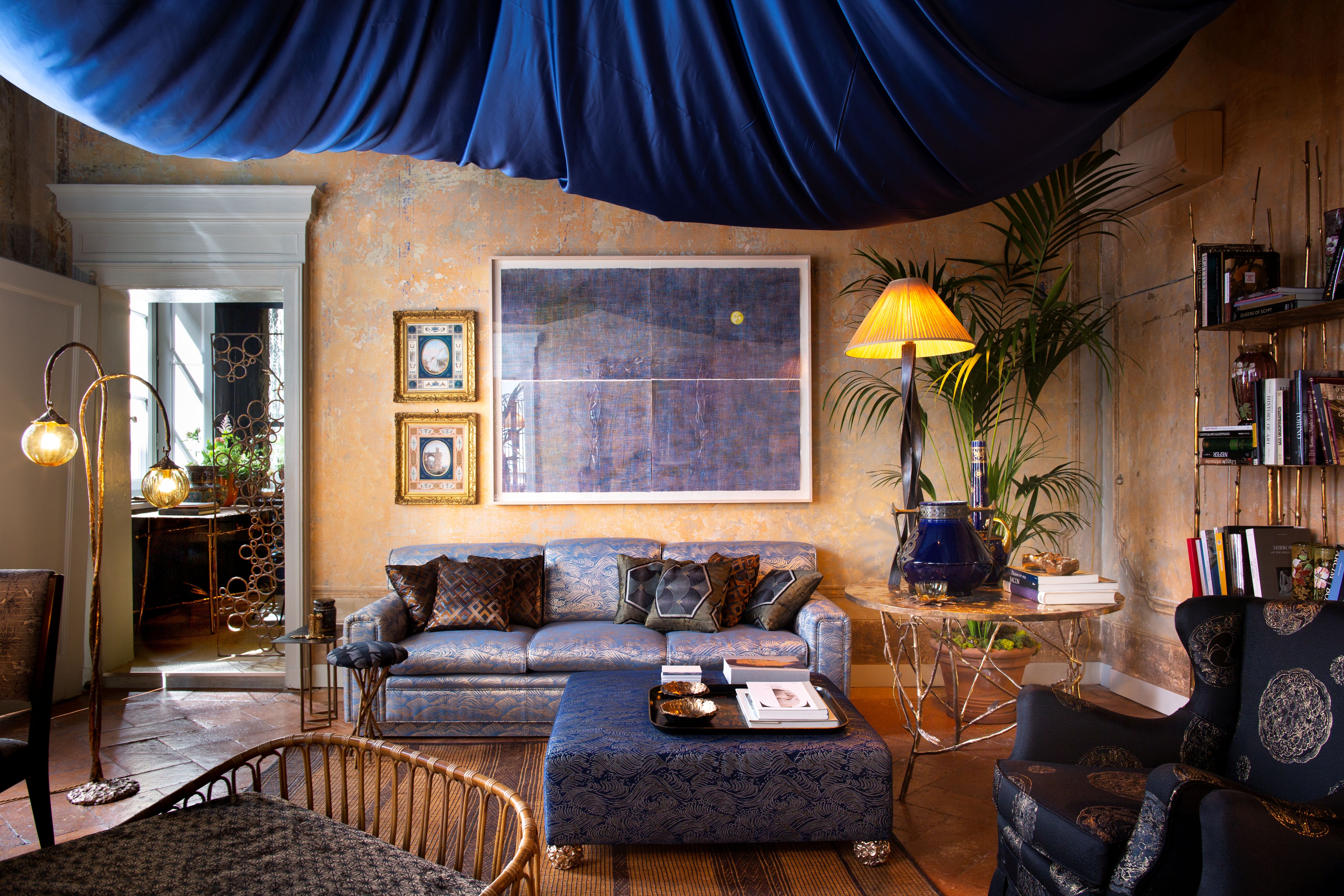
I started reading Erving Goffman's The Presentation of Self in Everyday Life while researching this article, though not quickly enough to digest it entirely for my deadline. In it, the sociologist uses the imagery of theater and individuals as actors to frame how we present ourselves and the split of 'frontstage' and 'backstage' personas. The home is an interesting piece of this puzzle.
When the book was written, it could be argued it had more of a 'backstage' role in everyday life, but now, it's giving 'frontstage' energy, with the screen the new proscenium arch.
In designing your own home, or even designing your space with an interior designer, the cross-section between interiors and theater suggests one major takeaway — we're being much more intentional with the stories our homes tell about us.
While in a play or film, the set dressing might give away some uncomfortable truth about the characters that foreshadows the course of the story, in our own homes, we're anticipating what someone else might read from a room and writing the story we want to manifest.
After all, when it comes to interiors, it's all theater, darling.

Hugh is Livingetc.com’s editor. With 8 years in the interiors industry under his belt, he has the nose for what people want to know about re-decorating their homes. He prides himself as an expert trend forecaster, visiting design fairs, showrooms and keeping an eye out for emerging designers to hone his eye. He joined Livingetc back in 2022 as a content editor, as a long-time reader of the print magazine, before becoming its online editor. Hugh has previously spent time as an editor for a kitchen and bathroom magazine, and has written for “hands-on” home brands such as Homebuilding & Renovating and Grand Designs magazine, so his knowledge of what it takes to create a home goes beyond the surface, too. Though not a trained interior designer, Hugh has cut his design teeth by managing several major interior design projects to date, each for private clients. He's also a keen DIYer — he's done everything from laying his own patio and building an integrated cooker hood from scratch, to undertaking plenty of creative IKEA hacks to help achieve the luxurious look he loves in design, when his budget doesn't always stretch that far.